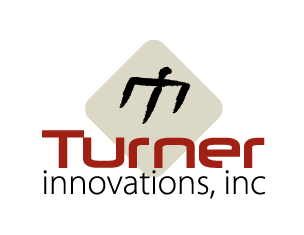ERP Systems Key to Unlocking Value

Over 30 years ago my partner developed one of the first production agriculture management systems, AgStar, that revolutionized the way that growers operated their businesses. A bold statement? Maybe. But when you consider that paper, pencil and ledger books (Big Chief Tablet and a #2 Pencil) were the only financial tools available to farmers at the time it was, truly, a revolution.
Our application combined the functions of tax (cash basis), crop, field, accrual and budgetary accounting into a single sophisticated, yet easy-to-use, system. AgStar addressed the challenges of simultaneously tracking field, crop or enterprise, double entry recordkeeping, overlapping crop years, large payrolls, equipment costing, and more that provided growers with the means to make better financial decisions overall.
Sounds like a sales pitch, eh? Not really. Because if you asked our customers if they could run their businesses without AgStar they would answer, “Not easily.” Many are still using the software today.
The Years Passing By Like a High Line Pole
Fast forward 30 years and where are we on the availability
of an ERP (Enterprise Resource Planning) system for farmers today? Certainly,
there are many crop recordkeeping systems available on the market like AgCode, Agrian,
Conservis, Tiger Jill, Farmworks, and more that address the need for tracking
agronomic activities (pesticide, nutrient, labor, water, cultivation, harvest,
etc.) on the farm. There are scouting systems, precision ag tools, GIS, aerial
imagery, water management, weather and remote sensing systems that really don’t
do a good job of integrating with the financial aspects of the business.
Show Me the Money!
What is a management tool without the ability to look at the dollars and cents as well as the agronomics? In a world of “measure to manage” the only metric that is really important is cost. Remember, most growers don’t have the ability to impact the top lines of their businesses, with the exception of yields. Where is the point of diminishing returns for crop inputs? Where does that last dollar invested in a field result in an increase in profits, not just revenues?
There may be a few companies that have decided to address
this void in the market. They have approached the opportunity as “loosely
integrated” with double entry accounting systems. The tighter the link to the functions
of Accounts Payable, Accounts Receivable, General Ledger, Payroll and Cost
Accounting the more useful these tools will become. Simply plugging those
numbers into the system is not an efficient means of cost management. It needs
to come from the accounting system directly.
Imagine if Oracle, SAP or Microsoft Dynamics, who promote
themselves as ERP solutions, did not closely tie to the basic accounting
modules? It may be time to bring in the accountants along with the agronomists
and have them architect the next generation of farm management tools. 
